Perennial Splitting
Elevate Your Garden with Expert Perennial Splitting in Ontario
What Is Perennial Splitting?
Perennial splitting, also referred to as division, is a horticultural technique involving the separation of established perennial plants into smaller segments. This process is instrumental in rejuvenating growth, managing plant size, and enhancing overall health.
Why Is It Important To Splt Perennials?
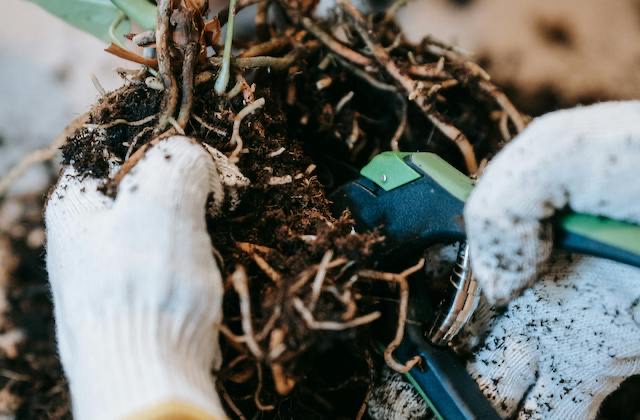
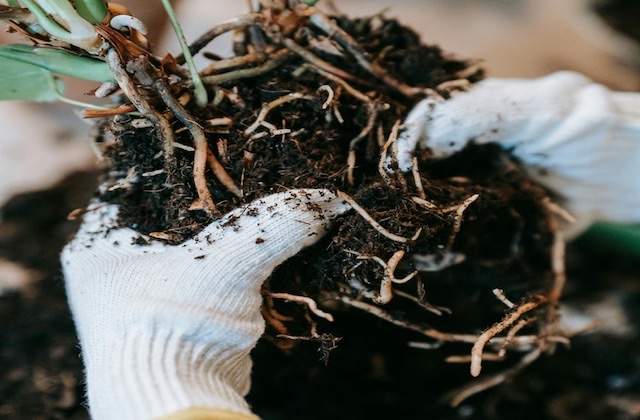
When Is The Best Time To Split Perennials?
- Early spring or late summer to early fall are the optimal times for perennial splitting, when plants are actively growing and the weather is mild, providing optimal conditions for root establishment.
- Schedule splitting activities when perennial plants are not in bloom to minimize stress and disruption, allowing plants to focus on root development and recovery.
- Avoid splitting perennials during periods of extreme heat or drought, as plants may be more susceptible to stress and transplant shock.
How To Split Perennials
- Preparation: Water perennial plants thoroughly a day or two before splitting to ensure they are well-hydrated and prepared for the division process.
- Selection: Choose healthy, vigorous perennial plants with well-established root systems and multiple shoots or crowns for splitting.
- Digging: Carefully dig around the base of the perennial plant, loosening soil and gently lifting the entire plant from the ground with a shovel or garden fork.
- Division: Use a sharp knife, spade, or garden fork to divide the plant into smaller sections, ensuring each division has at least one healthy shoot or crown and a portion of roots attached.
- Trimming: Trim back any damaged or dead foliage, stems, or roots from each division, leaving clean, healthy tissue to promote rapid growth and recovery.
- Planting: Replant divisions in prepared soil beds or containers, spacing them adequately to allow for future growth and development, and water thoroughly to settle soil around roots.
- Soil Amendment: Amend planting holes or containers with organic matter such as compost or aged manure to improve soil fertility, structure, and moisture retention.
- Mulching: Apply a layer of mulch around newly planted divisions to conserve moisture, suppress weeds, and insulate roots from temperature extremes during establishment.
- Watering: Water newly planted divisions regularly to keep soil consistently moist but not waterlogged, especially during dry periods or hot weather, to promote root establishment.
- Maintenance: Monitor newly planted divisions for signs of stress, wilting, or transplant shock, and provide ongoing care such as watering, fertilizing, and pest control as needed to support their growth and establishment.
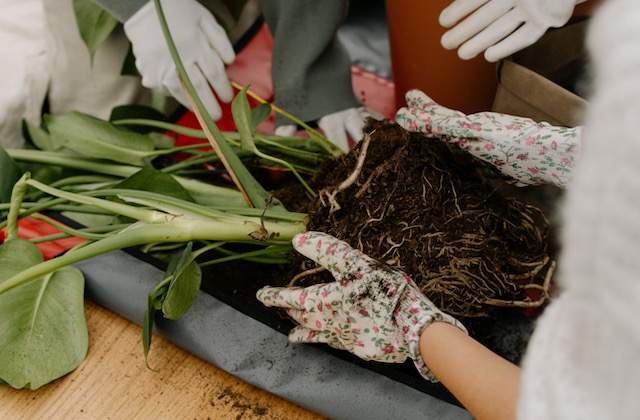
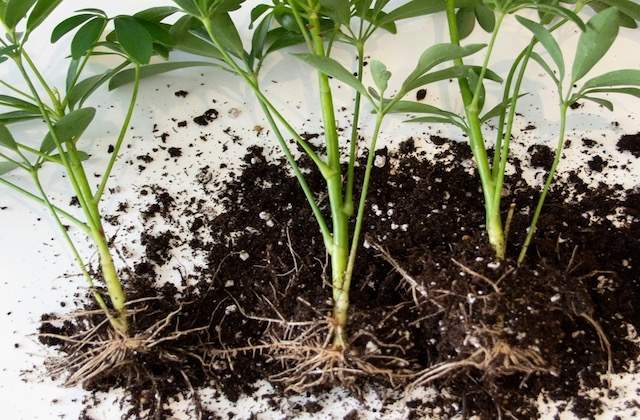
Transform Your Landscape With Our Expertise
OTHER SERVICES
We have a wide range of other services that we off to help get your property looking it’s best. From our general garden maintenance, custom landscape designs, soil amendment to sod installation. You can count on Beegreen Landscaping to get the job done right every time.
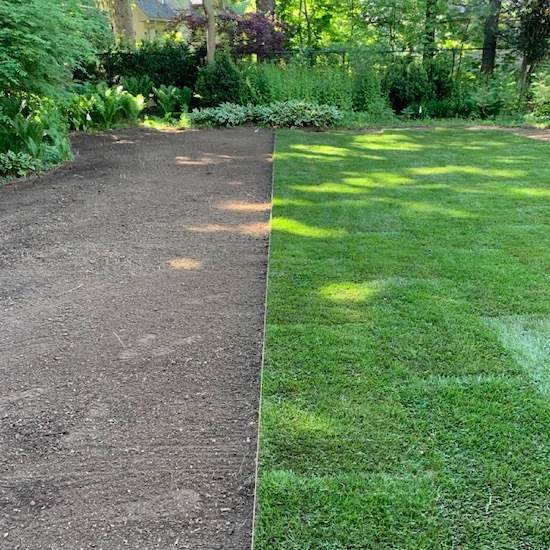
WHY CHOOSE BEEGREEN LANDSCAPING?
REDUCED EMISSIONS
Reduce your carbon footprint.
LESS NOISE
Reduce neighbourhood noise pollution.
SUSTAINABLE ENERGY
Charged from solar & shore power.
SEAMLESS CUSTOMER EXPERIENCE
Integrative client hub.
PROFESSIONAL QUALITY
Experienced & trained technicians.


